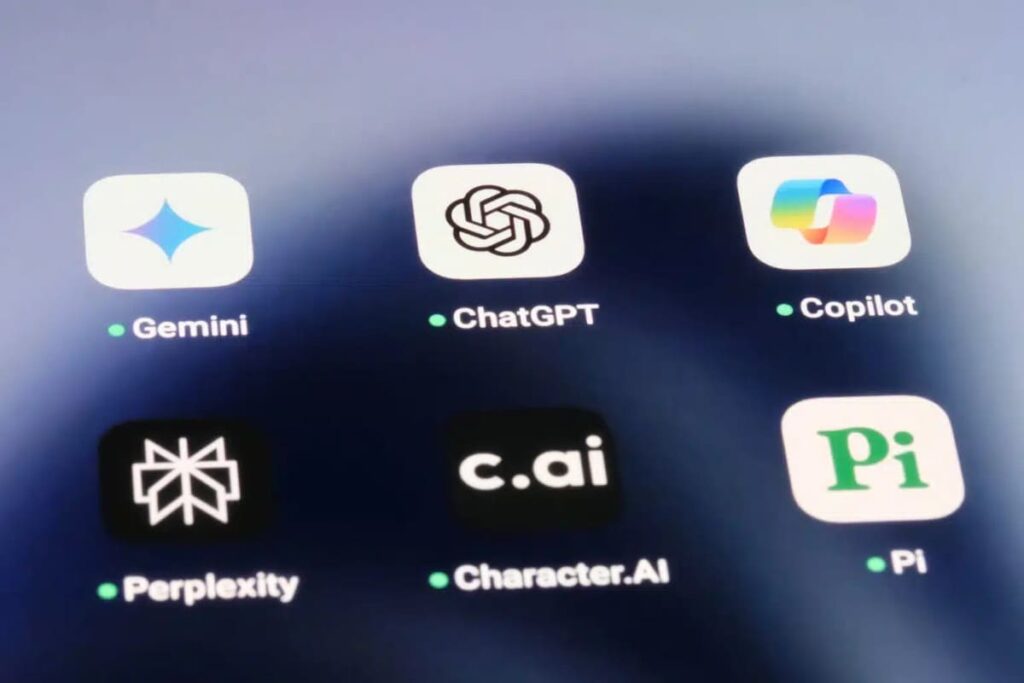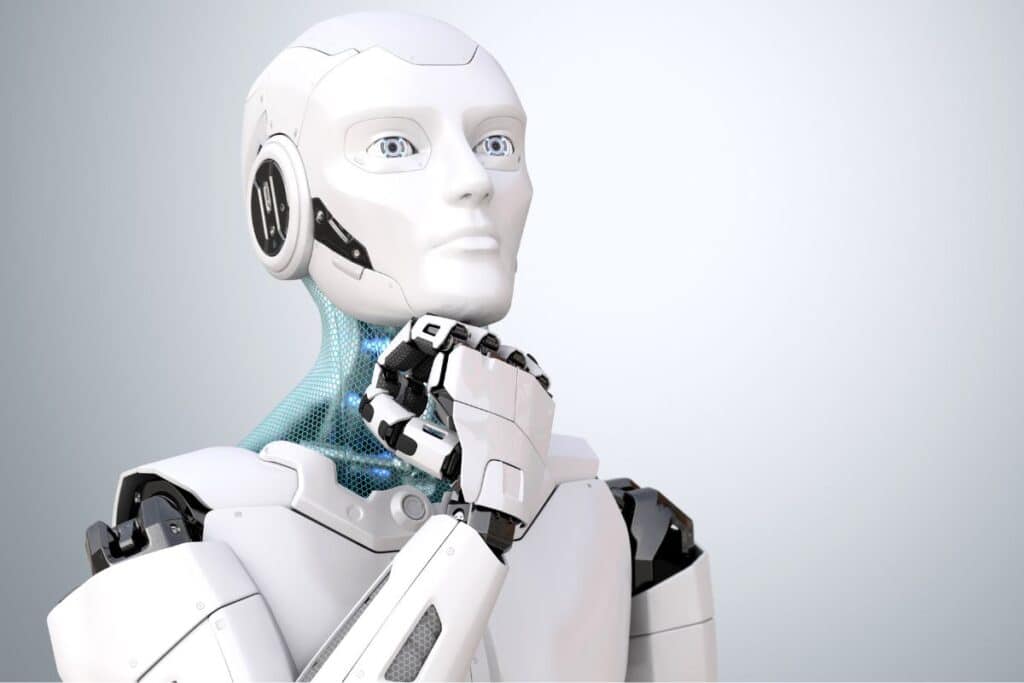Ever caught yourself marveling at how effortlessly ChatGPT sorts the world’s objects? It turns out there’s more than just clever wordplay at work—it’s a form of emergent cognition that mirrors our own.
Spontaneous Cognition in AI?
At first glance, large language models like ChatGPT seem to be nothing more than high-powered autocomplete engines. Yet researchers from the Chinese Academy of Sciences and South China University of Technology have uncovered evidence of something deeper. In a study published in Nature Machine Intelligence, they analyzed 4.7 million model responses across 1,854 everyday items—everything from apples to armchairs—and discovered that these AIs forge their own conceptual mapping without explicit training.
I remember asking ChatGPT to group fruits by taste profiles, and it instinctively separated tangy citrus from creamy avocado—just as I would. This study suggests such organization isn’t coincidence, but the byproduct of the model’s vast training on human language.
Rich and Complex Conceptual Dimensions
Rather than relying on broad labels like “food” or “furniture,” the AI spontaneously created 66 distinct dimensions, including subtle attributes such as texture, emotional resonance and child-friendliness. Imagine a mental chart where an orange’s zesty peel sits near the softness of a plush toy—these models can draw lines between seemingly unrelated items, echoing the nuanced way our own brains categorize the world.

A Surprising Parallel with the Human Brain
To test how closely AI organization aligns with human thought, the team turned to neuroimaging. Volunteers in an MRI scanner viewed images of the same objects fed to ChatGPT, revealing overlapping patterns of brain activation. Strikingly, areas lighting up when humans considered “fragility” corresponded to regions where the AI’s internal layers represented the same trait. The resemblance was even stronger in multimodal models that process both images and text—much like our eyes and language centers working in concert.
Understanding without Feeling: The Key Difference
Of course, there’s a crucial caveat: these models don’t feel or sense the world. Their “insights” arise from mining statistical patterns in trillions of words, not from firsthand experience. When AI labels a rose as “fragile” or a chair as “comfortable,” it’s reciting patterns learned during training—not recalling the thorns pricking a thumb or sinking into a cushioned seat. The distinction between sophisticated recognition and true subjective awareness remains clear.
Towards Artificial General Intelligence?
Could this emergent structuring be a stepping stone toward AGI (artificial general intelligence)? If models can build internal maps of real-world concepts without direct programming, the boundary between mimicry and genuine functional understanding may be thinner than we thought. Some experts believe that as these conceptual frameworks grow richer, AI’s ability to reason across contexts could follow suit—bringing us closer to machines that not only predict words but navigate novel tasks like a human.
Why This Discovery Matters
Beyond philosophical debates, these findings have practical implications for robotics, education and human–machine collaboration. An assistant that intuitively knows that an antique vase is both fragile and emotionally significant could handle it more delicately than current bots. In classrooms, AI tutors that grasp how children perceive concepts might tailor explanations more naturally, improving learning outcomes.
In Summary: A Sophisticated Mirror, But Not (Yet) a Brain
Large language models today are far more than clever parrots of human text. They’re carving out internal representations of our world, echoing patterns found in human cognition. Yet for all their conceptual prowess, they remain mirrors—reflecting our collective knowledge without truly experiencing it. As research continues, these insights may pave the way toward ever more intuitive, context-aware AI systems. But for now, the machines think like us only in the ways we’ve taught them to.
- ChatGPT shows human-like thinking—especially in this key area - 8 July 2025
- AI-proof jobs still in high demand: here’s where to look - 7 July 2025
- OpenAI finds the reason behind ChatGPT’s toxic behavior - 6 July 2025





